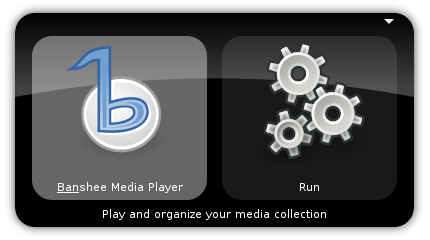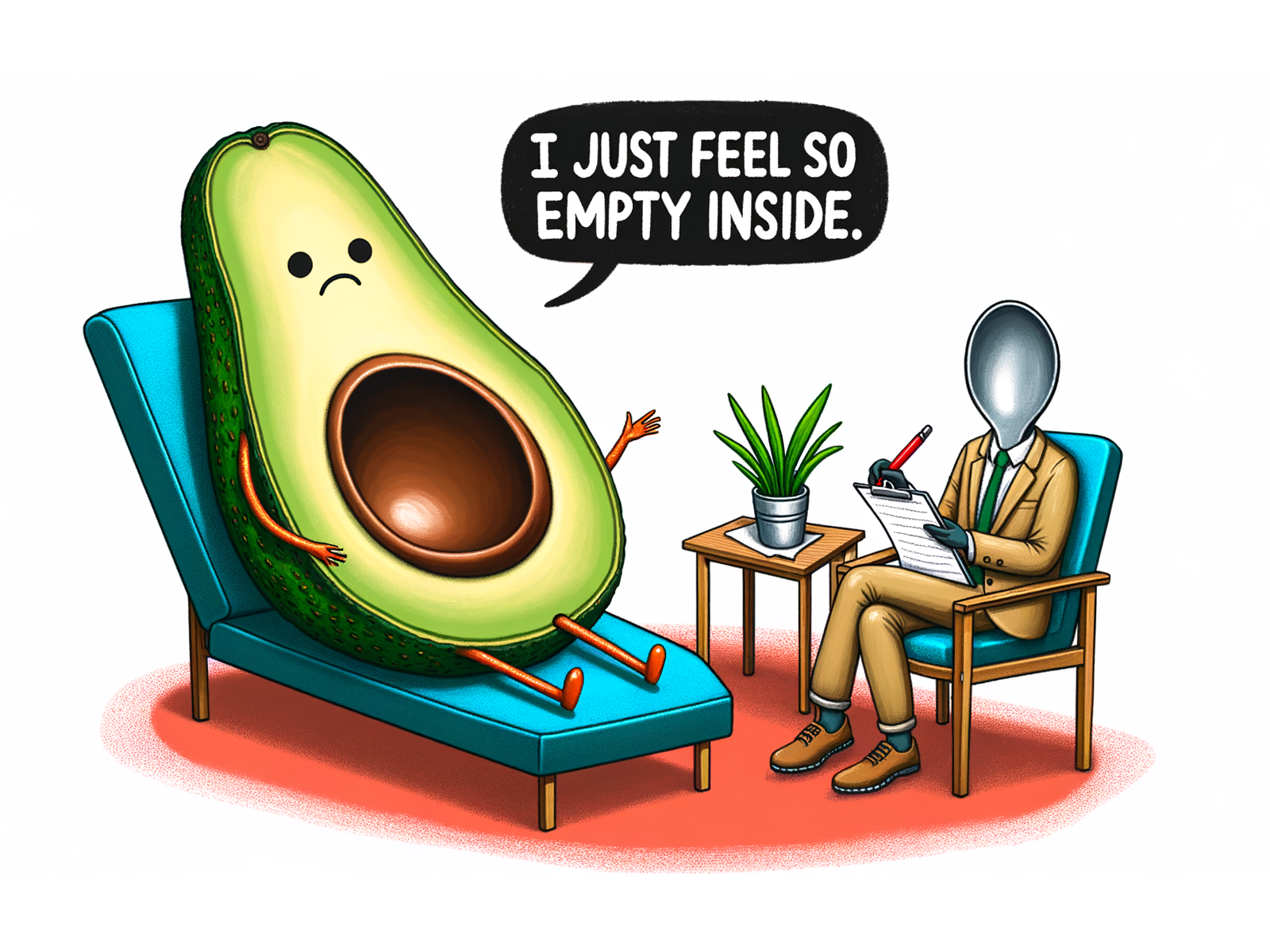|
Braina
Braina is a virtual assistant and speech-to-text dictation application for Microsoft Windows developed by Brainasoft. Braina uses natural language interface, speech synthesis, and speech recognition technology to interact with its users and allows them to use natural language sentences to perform various tasks on a computer. The name Braina is a short form of "Brain Artificial". Braina is marketed as a Microsoft Copilot alternative. It provides a voice interface for several locally run and cloud large language models, including the latest LLMs from providers such as OpenAI, Anthropic, Google, Grok, Meta, Mistral, etc., while improving data privacy. Braina also allows responses from its in-house large language models like Braina Swift and Braina Pinnacle. It has an "Artificial Brain" feature that provides persistent memory support for supported LLMs. Features Braina provides is able to carry out various tasks on a computer, including automation. Braina can take commands inputted ... [...More Info...] [...Related Items...] OR: [Wikipedia] [Google] [Baidu] |
Natural Language Interface
Natural-language user interface (LUI or NLUI) is a type of computer human interface where linguistic phenomena such as verbs, phrases and clauses act as UI controls for creating, selecting and modifying data in software applications. In interface design, natural-language interfaces are sought after for their speed and ease of use, but most suffer the challenges to understanding wide varieties of ambiguous input. Natural-language interfaces are an active area of study in the field of natural-language processing and computational linguistics. An intuitive general natural-language interface is one of the active goals of the Semantic Web. Text interfaces are "natural" to varying degrees. Many formal (un-natural) programming languages incorporate idioms of natural human language. Likewise, a traditional keyword search engine could be described as a "shallow" natural-language user interface. Overview A natural-language search engine would in theory find targeted answers to user q ... [...More Info...] [...Related Items...] OR: [Wikipedia] [Google] [Baidu] |
Virtual Assistant
A virtual assistant (VA) is a software agent that can perform a range of tasks or services for a user based on user input such as commands or questions, including verbal ones. Such technologies often incorporate chatbot capabilities to streamline task execution. The interaction may be via text, graphical interface, or voice - as some virtual assistants are able to interpret human speech and respond via synthesized voices. In many cases, users can ask their virtual assistants questions, control home automation devices and media playback, and manage other basic tasks such as email, to-do lists, and calendars - all with verbal commands. In recent years, prominent virtual assistants for direct consumer use have included Apple's Siri, Amazon Alexa, Google Assistant, and Samsung's Bixby. Also, companies in various industries often incorporate some kind of virtual assistant technology into their customer service or support. Into the 2020s, the emergence of artificial intelligence ... [...More Info...] [...Related Items...] OR: [Wikipedia] [Google] [Baidu] |
Speech Recognition
Speech recognition is an interdisciplinary subfield of computer science and computational linguistics that develops methodologies and technologies that enable the recognition and translation of spoken language into text by computers. It is also known as automatic speech recognition (ASR), computer speech recognition or speech-to-text (STT). It incorporates knowledge and research in the computer science, linguistics and computer engineering fields. The reverse process is speech synthesis. Some speech recognition systems require "training" (also called "enrollment") where an individual speaker reads text or isolated vocabulary into the system. The system analyzes the person's specific voice and uses it to fine-tune the recognition of that person's speech, resulting in increased accuracy. Systems that do not use training are called "speaker-independent" systems. Systems that use training are called "speaker dependent". Speech recognition applications include voice user interfaces ... [...More Info...] [...Related Items...] OR: [Wikipedia] [Google] [Baidu] |
Wi-Fi
Wi-Fi () is a family of wireless network protocols based on the IEEE 802.11 family of standards, which are commonly used for Wireless LAN, local area networking of devices and Internet access, allowing nearby digital devices to exchange data by radio waves. These are the most widely used computer networks, used globally in small office/home office, home and small office networks to link devices and to provide Internet access with wireless routers and wireless access points in public places such as coffee shops, restaurants, hotels, libraries, and airports. ''Wi-Fi'' is a trademark of the Wi-Fi Alliance, which restricts the use of the term "''Wi-Fi Certified''" to products that successfully complete Interoperability Solutions for European Public Administrations, interoperability certification testing. Non-compliant hardware is simply referred to as WLAN, and it may or may not work with "''Wi-Fi Certified''" devices. the Wi-Fi Alliance consisted of more than 800 companies from ar ... [...More Info...] [...Related Items...] OR: [Wikipedia] [Google] [Baidu] |
DALL-E
DALL-E, DALL-E 2, and DALL-E 3 (stylised DALL·E) are text-to-image models developed by OpenAI using deep learning methodologies to generate digital images from natural language descriptions known as Prompt engineering, ''prompts''. The first version of DALL-E was announced in January 2021. In the following year, its successor DALL-E 2 was released. DALL-E 3 was released natively into ChatGPT for ChatGPT Plus and ChatGPT Enterprise customers in October 2023, with availability via OpenAI's API and "Labs" platform provided in early November. Microsoft implemented the model in Bing's Image Creator tool and plans to implement it into their Designer app. With Bing's Image Creator tool, Microsoft Copilot runs on DALL-E 3. In March 2025, DALL-E-3 was replaced in ChatGPT by GPT-4o#GPT Image 1, GPT Image 1's native image-generation capabilities. History and background DALL-E was revealed by OpenAI in a blog post on 5 January 2021, and uses a version of GPT-3 modified to generate image ... [...More Info...] [...Related Items...] OR: [Wikipedia] [Google] [Baidu] |
Stable Diffusion
Stable Diffusion is a deep learning, text-to-image model released in 2022 based on Diffusion model, diffusion techniques. The generative artificial intelligence technology is the premier product of Stability AI and is considered to be a part of the ongoing AI boom, artificial intelligence boom. It is primarily used to generate detailed images conditioned on text descriptions, though it can also be applied to other tasks such as inpainting, outpainting, and generating image-to-image translations guided by a prompt engineering, text prompt. Its development involved researchers from the CompVis Group at Ludwig Maximilian University of Munich and Runway (company), Runway with a computational donation from Stability and training data from non-profit organizations. Stable Diffusion is a latent diffusion model, a kind of deep generative artificial neural network. Its code and model weights have been released Source-available software, publicly, and an optimized version can run on most ... [...More Info...] [...Related Items...] OR: [Wikipedia] [Google] [Baidu] |
Text-to-image Model
A text-to-image model is a machine learning model which takes an input natural language prompt and produces an image matching that description. Text-to-image models began to be developed in the mid-2010s during the beginnings of the AI boom, as a result of advances in deep neural networks. In 2022, the output of state-of-the-art text-to-image models—such as OpenAI's DALL-E 2, Google Brain's Imagen, Stability AI's Stable Diffusion, and Midjourney—began to be considered to approach the quality of real photographs and human-drawn art. Text-to-image models are generally latent diffusion models, which combine a language model, which transforms the input text into a latent representation, and a generative image model, which produces an image conditioned on that representation. The most effective models have generally been trained on massive amounts of image and text data scraped from the web. History Before the rise of deep learning, attempts to build text-to-image mo ... [...More Info...] [...Related Items...] OR: [Wikipedia] [Google] [Baidu] |
Lippincott Williams & Wilkins
Lippincott Williams & Wilkins (LWW) is an American imprint (trade name), imprint of the American Dutch publishing conglomerate Wolters Kluwer. It was established by the acquisition of Williams & Wilkins and its merger with J.B. Lippincott Company in 1998. Under the LWW brand, Wolters Kluwer, through its Health Division, publishes scientific, technical, and medical content such as textbooks, reference works, and over 275 scientific journals (most of which are medical or other public health journals). Publications are aimed at physicians, nurses, clinicians, and students. Overview LWW grew out of the gradual consolidation of various earlier independent publishers by Wolters Kluwer. Predecessor Wolters Samson acquired Raven Press of New York in 1986. Wolters Samson merged with Kluwer in 1987. The merged company bought J. B. Lippincott & Co. of Philadelphia in 1990; it merged Lippincott with the Raven Press to form Lippincott-Raven in 1995. In 1997 and 1998, Wolters Kluwer acquired Tho ... [...More Info...] [...Related Items...] OR: [Wikipedia] [Google] [Baidu] |
Wright State University
Wright State University is a public research university in Fairborn, Ohio, United States. Originally opened in 1964 as a branch campus of Miami University and Ohio State University, it became an independent institution in 1967 and was named in honor of aviation pioneers Orville and Wilbur Wright, who were residents of nearby Dayton. The university offers bachelor's, master's, and doctoral degrees and is classified among "R2: Doctoral Universities – High research activity". It is a member of the University System of Ohio. Its athletic teams, the Wright State Raiders, compete in Division I of the NCAA as members of the Horizon League. In addition to the main campus, the university also operates a regional campus near Celina, Ohio, called Wright State University–Lake Campus. History Founding Wright State University first opened in 1964 as a branch campus of Miami University and Ohio State University, occupying only a single building. Groundwork on forming the institution ... [...More Info...] [...Related Items...] OR: [Wikipedia] [Google] [Baidu] |






